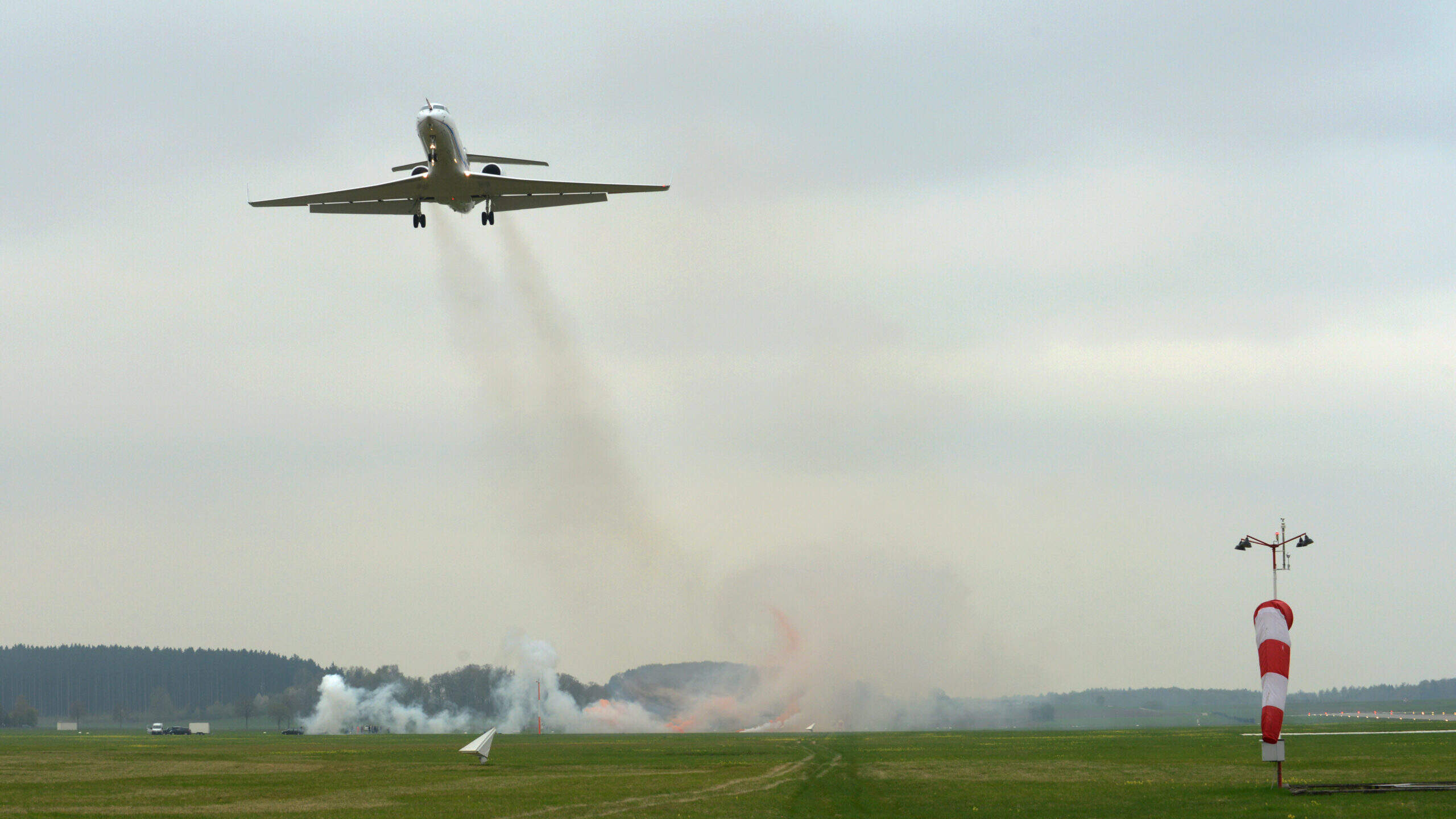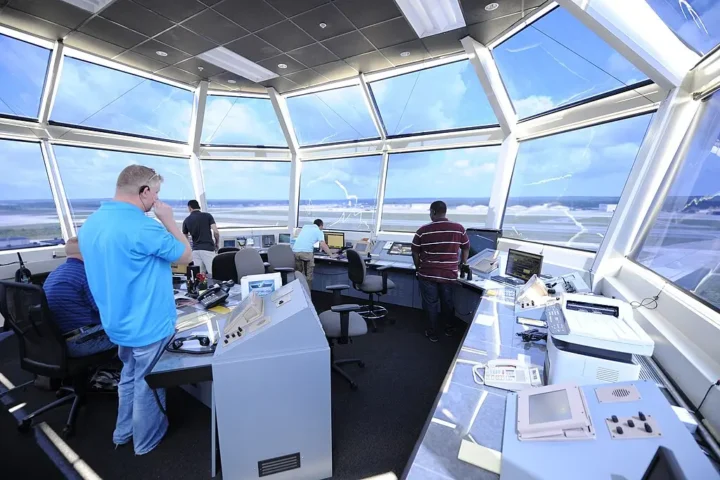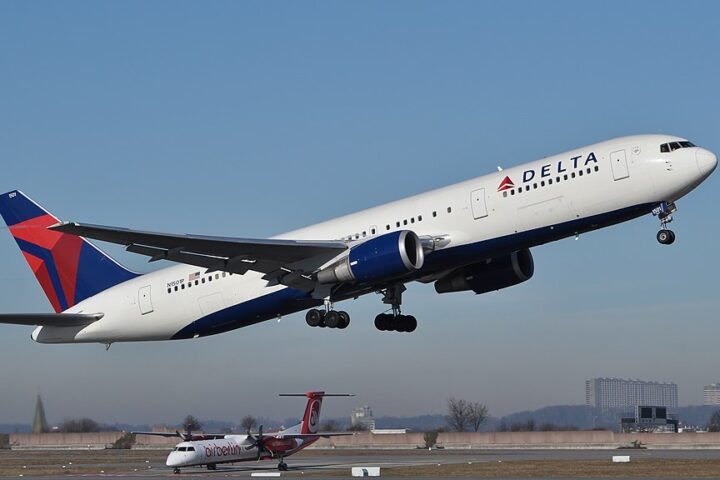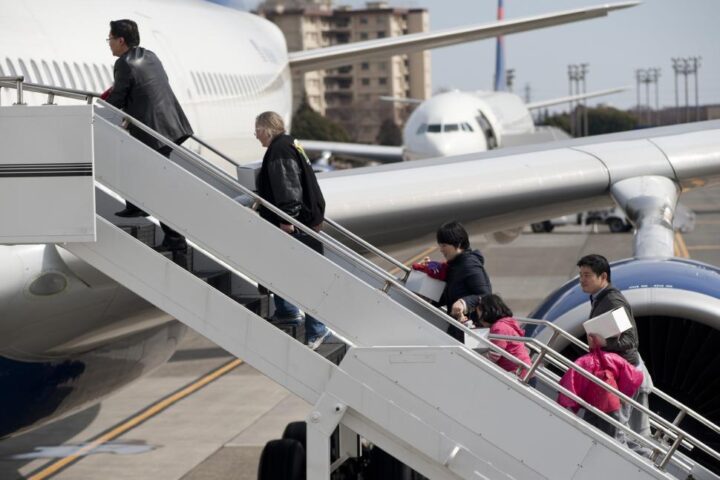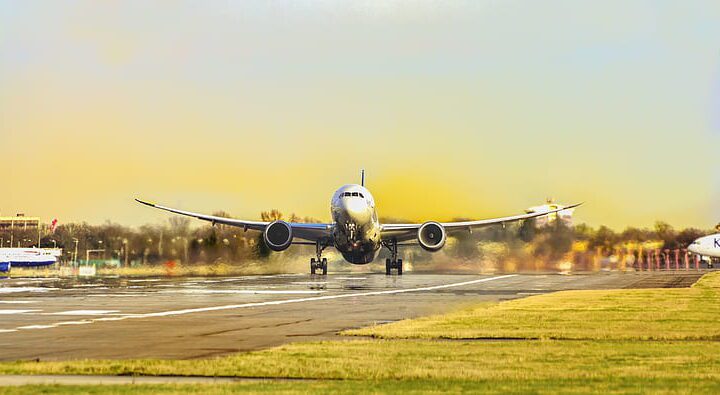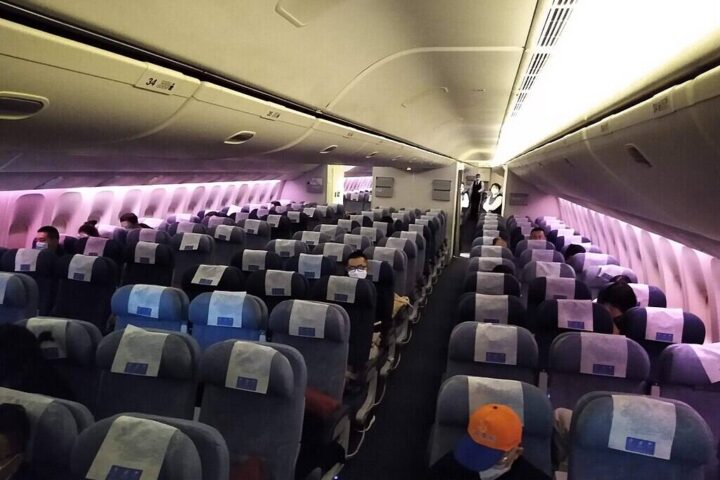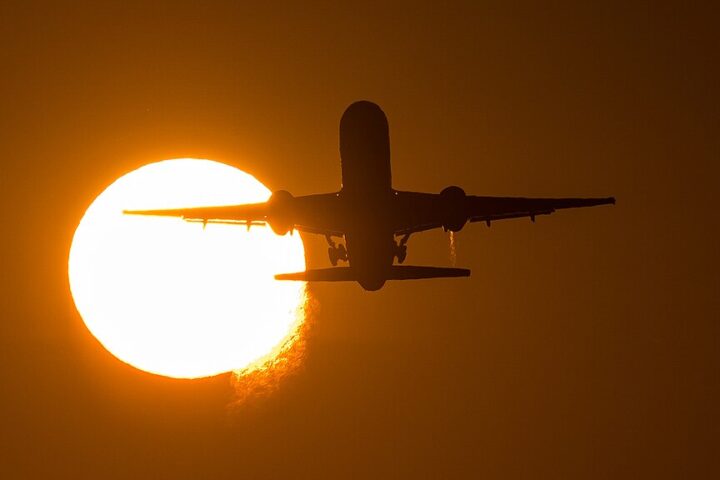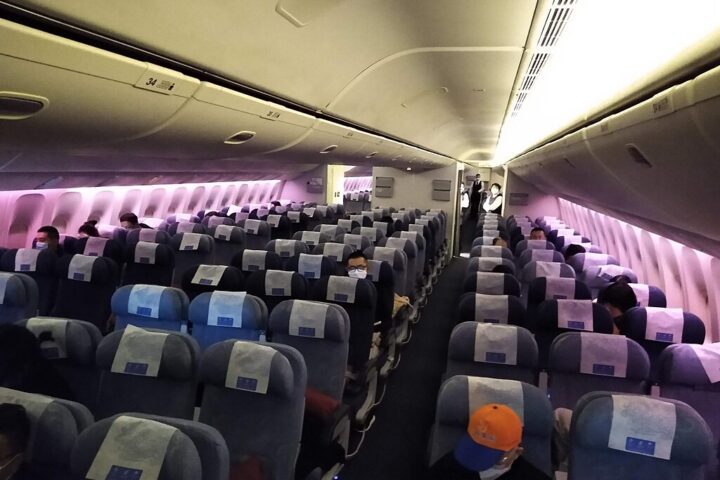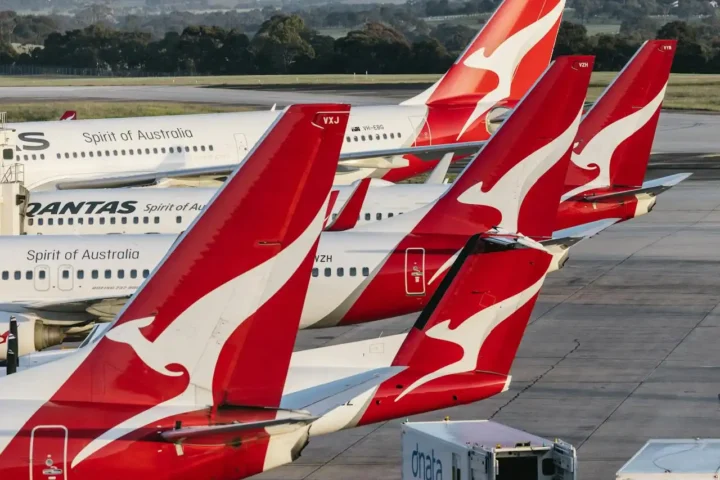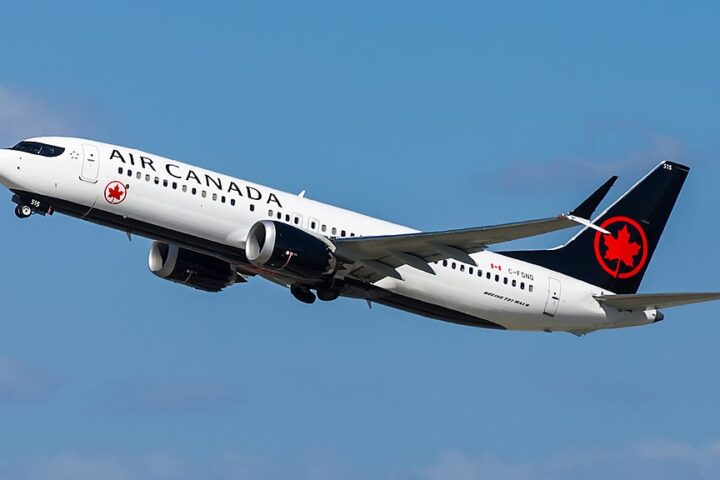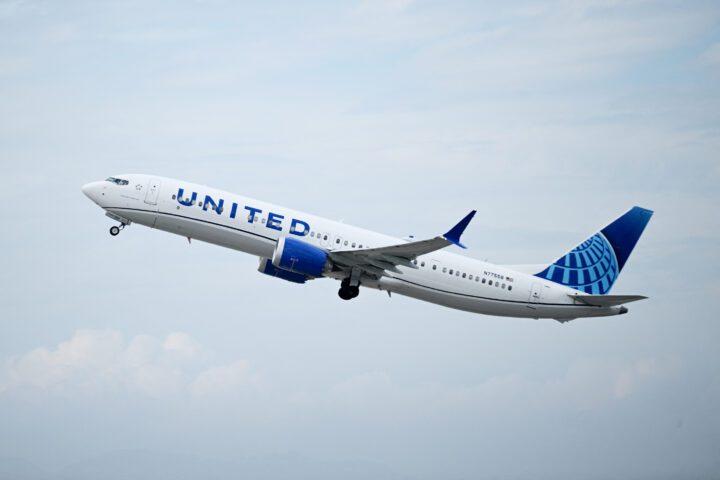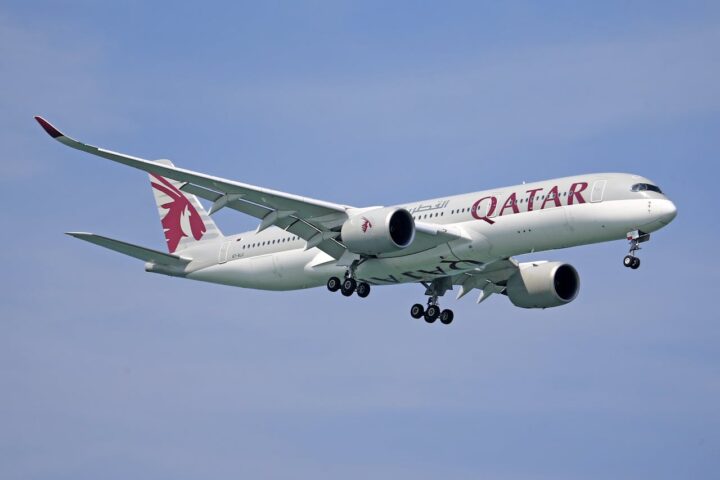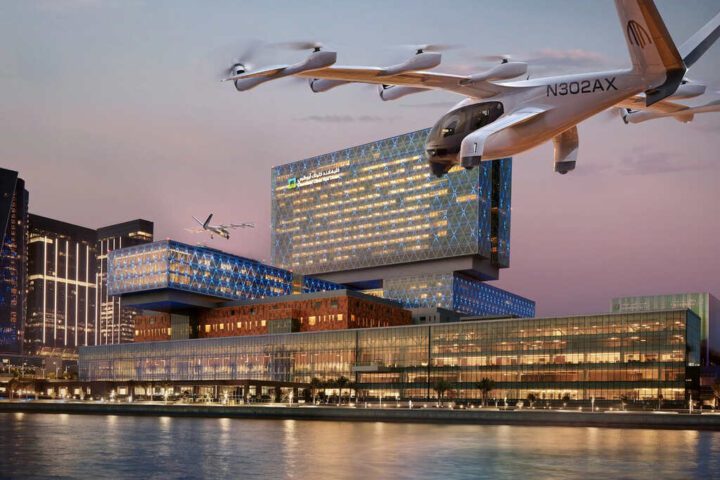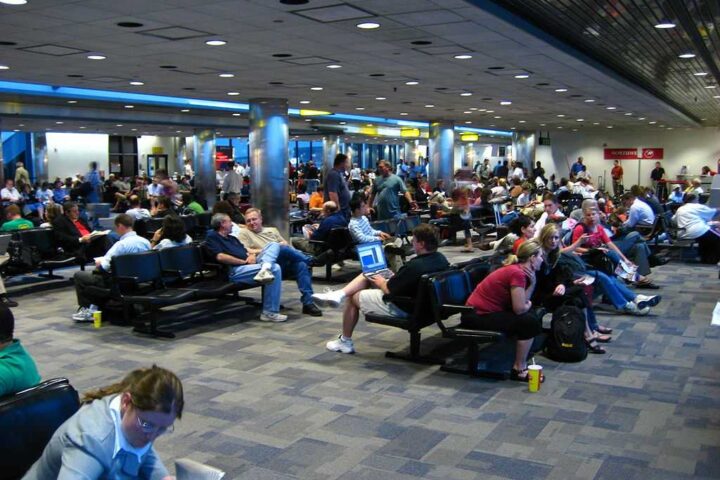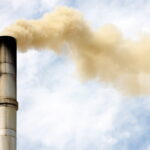A recent study has discovered that turbulence will occur more frequently. This turbulence, known as clear-air turbulence, increases as the climate warms, affecting flights. According to the research, this type of turbulence will move from moderate to severe. It will increase in most regions affected by the jet stream for each degree of warming, particularly in North Africa, East Asia, and the Middle East.
What is Clear-Air Turbulence
It is common for people to expect some movement during flights. However, in this type of clear-air turbulence, the movement occurs unexpectedly. Unlike more obvious types of turbulence, there is no easy way to detect and avoid clear-air turbulence, which appears in clear skies.
What Causes Clear-Air Turbulence
According to the study published in the ‘Journal of Geophysical Research: Atmospheres’, most of this type of turbulence occurs near jet streams, which are air currents that move from west to east in the upper troposphere. Sometimes, aeroplanes flying through these currents encounter volatile air spikes moving upward, creating the clear-air turbulence phenomenon. As the climate warms, the amount of energy in the atmosphere will increase, which will raise both the speed of the currents and the number of spikes. Scientists analysed different climate models and concluded that in most regions of the Northern Hemisphere affected by the jet stream, air turbulence will increase.
Impact and Research Findings
Clear-air turbulence “is the leading cause of turbulence in aviation, accounting for approximately 70% of all weather-related accidents in the United States,” said Mohamed Foudad, an atmospheric scientist at the University of Reading and the study’s lead author. Foudad added that aviation engineers should take increased turbulence into account when designing future aircraft. “We now have great confidence that climate change is increasing clear-air turbulence in some regions,” he stated. Most clear-air turbulence occurs where commercial aeroplanes fly, about 10-12 kilometres (approximately 32,000-39,000 feet) above the Earth’s surface. Sometimes, planes flying through jet streams encounter volatile air spikes moving upward called vertical wind shear, which creates the clear-air turbulence phenomenon.
Similar Posts
Historical and Future Trends
The research follows up on recent work predicting increases in clear-air turbulence from moderate to severe by analysing extensive datasets and running comprehensive model simulations. Reanalyzing atmospheric data from 1980 to 2021, the researchers found that moderate to severe clear-air turbulence increased by approximately 60% to 155% in North Africa, East Asia, the Middle East, the North Atlantic, and the North Pacific over 41 years. Foudad and his colleagues used 11 climate models to determine past and future changes in clear-air turbulence. To find future trends, the researchers conducted 20 computer simulations under possible future warming scenarios of 1 degree Celsius (corresponding to current warming) to 4 degrees Celsius.
Practical Implications and Safety
Clear-air turbulence is difficult and costly to predict, and an increase in turbulence could pose a problem for aircraft safety. The researchers note that further analysis could determine whether future flights could be safer at higher or lower altitudes than the current norm. But while airline passengers might experience bumpier flights in the future, modern aeroplanes are built to withstand strong turbulence. “We will see more of these accidents, but people should also be aware that aircraft are designed to resist the worst turbulence that could happen,” Foudad said.
